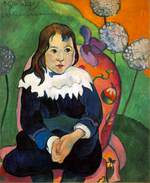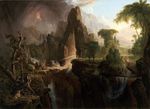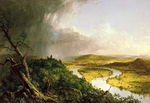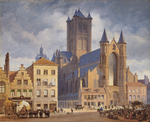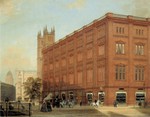
|
Featured Artist at the e.Gallery this week is a 19th Century artist of the Hudson River School movement, Thomas Cole [American, 1801-1848] Link: https://fineart.elib.com/fineart.php?dir=Alphabetical/Cole_Thomas
Thomas Cole is often called the “Father of the Hudson River School of Art.” In 1826 he helped to found the National Academy of Design in New York City. In 1827 he made his first visit to the White Mountains. While best known for his allegorical paintings such as the Voyage of Life and the Course of Empire series, he did many White Mountain paintings including Flume in the White Mountains; View of Mount Washington; Mount Chocorua; Notch of the White Mountains; View Near Conway; and Mount Washington from the Upper Saco Intervale.
Cole was apprenticed to a calico designer and wood engraver in England before he came to the United States with his family in 1818. The rest of his life he spent much of his time sketching from nature in the Catskills, White Mountains, Adirondacks, and the coast of Maine. In 1827, at the behest of Daniel Wadsworth, Cole visited the White Mountains for the first time. He visited the New Hampshire mountains again a year later with fellow artist Henry Cheever Pratt, only eight years after the first footpath was opened to Mount Washington. He returned to New Hampshire for the last time in 1839. In the winters, Cole returned to his New York City studio to paint romantic, amalgamative, grand, and enormous allegorical works such as the Voyage of Life and Course of Empire from the accumulated sketches of his summer excursions. Though he preferred allegorical subjects, he also painted many landscapes, often at the specific request of patrons. All his paintings are romantic in vein, for Cole felt it his duty to depict nature, especially American nature, as the “visible hand of God.” From 1829 to 1832 Cole traveled abroad, but his unique genius was not affected by Old World contacts. His only pupil was his neighbor in Catskill, Frederic Church.
Cole died in 1848 at only 47 years of age. He is buried at Thomson Street Cemetery, Catskill, New York. Upon his death, William Cullen Bryant presented a funeral oration at the National Academy of Design. See The Funeral Oration Given by William Cullen Bryant on the Death of Thomas Cole.
|





